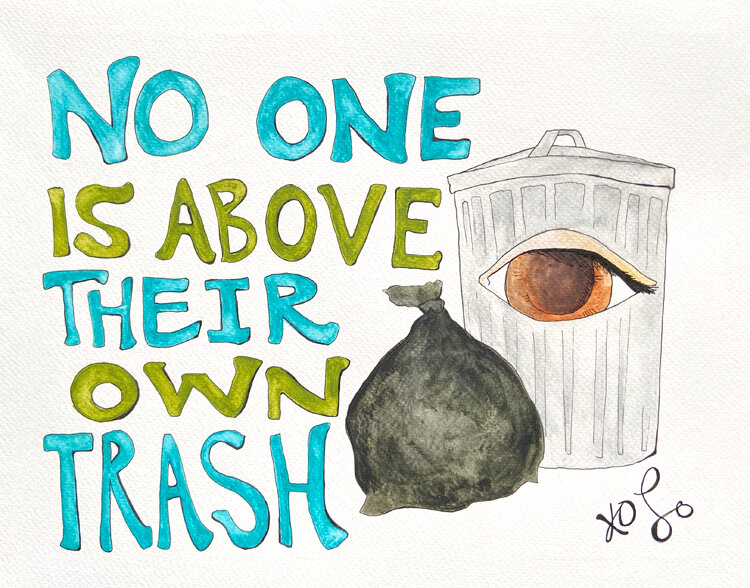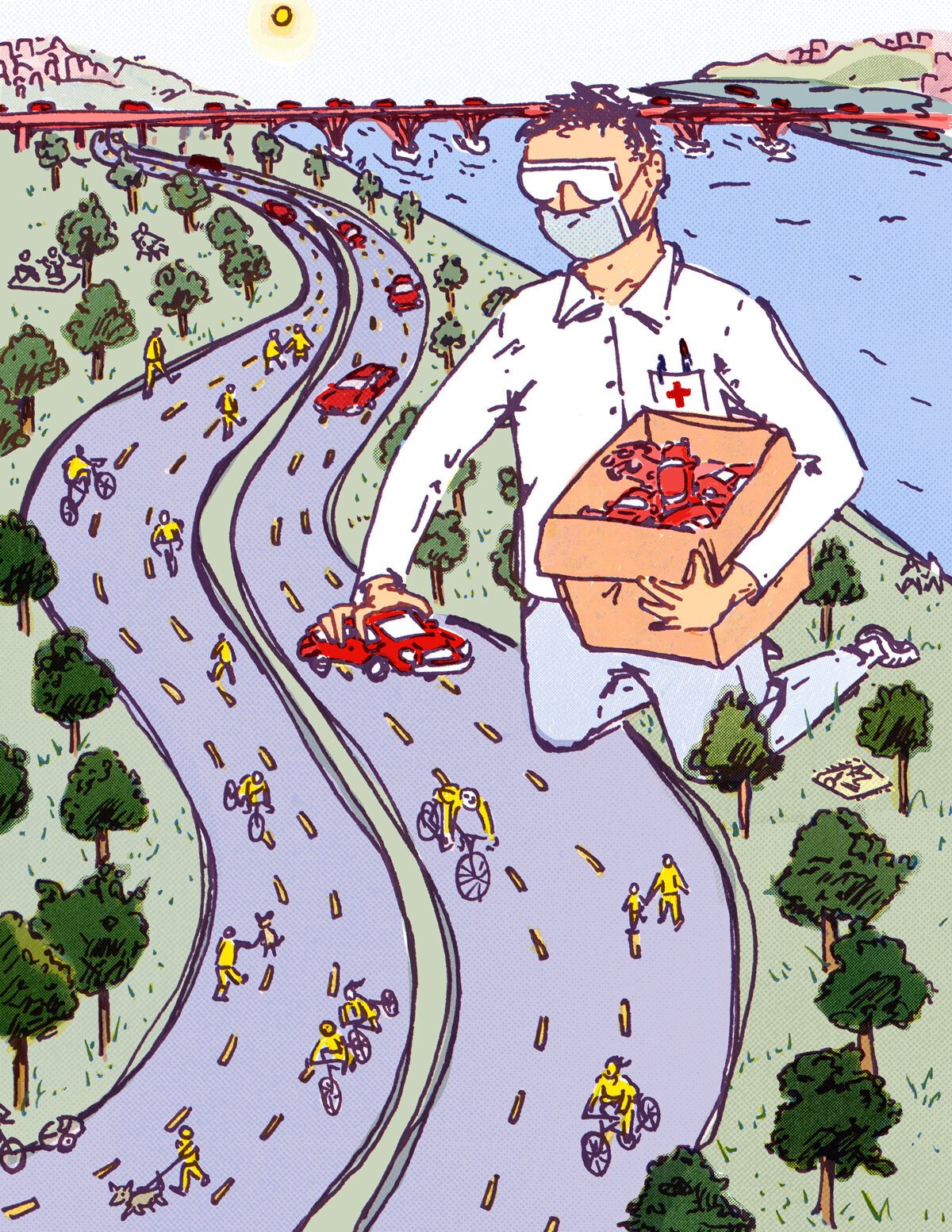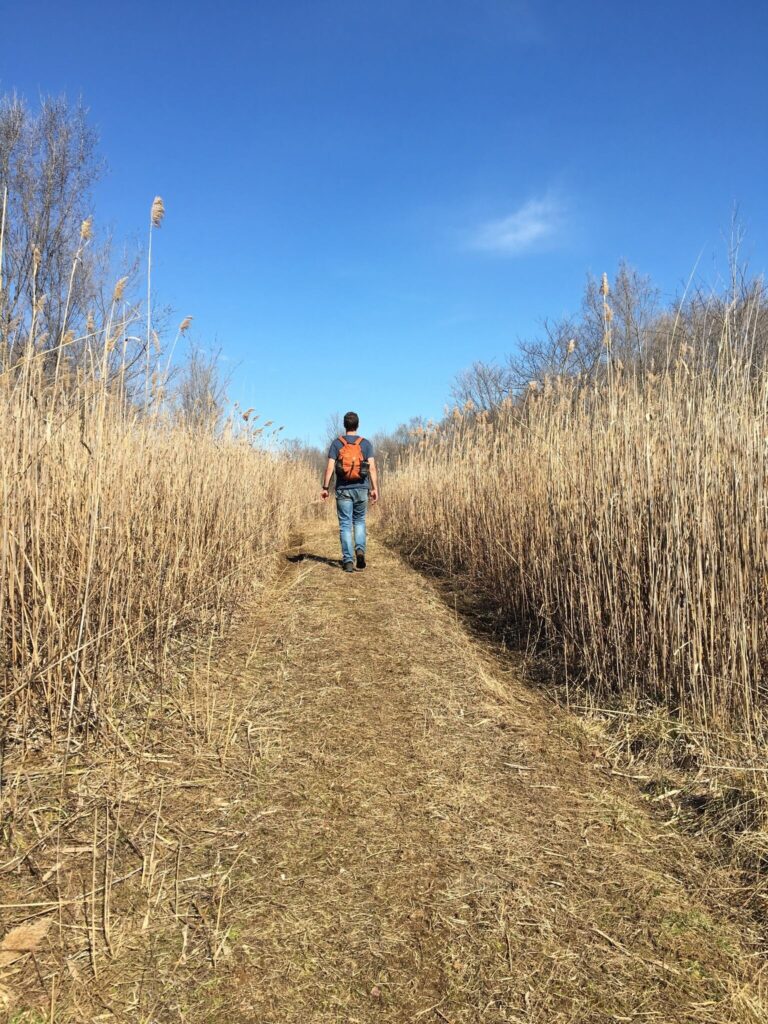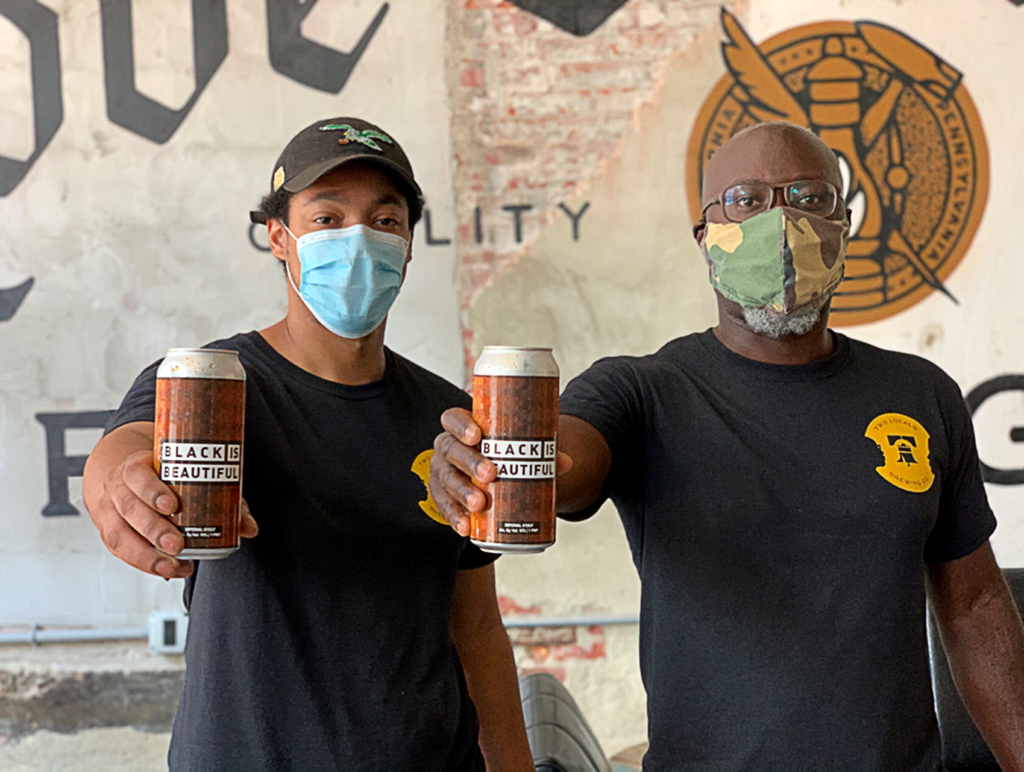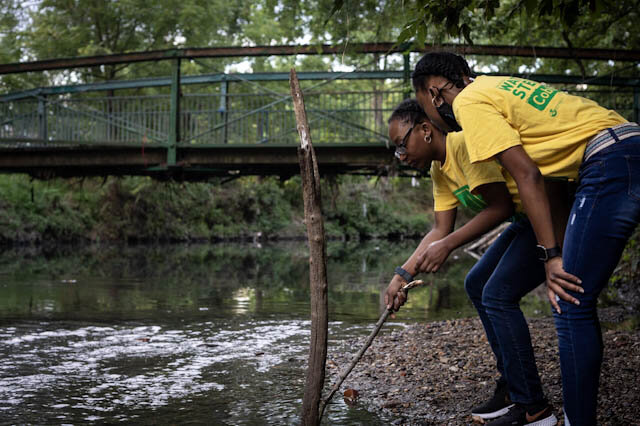On the corner of Wyalusing and Belmont avenues, there is an oasis. On a lot where two row homes were left to crumble for almost 50 years, is a small field of grass. In the corner, there’s an explosion of colors, a pollinator garden installed with the help of the Pennsylvania Horticultural Society. Thanks to the delirious bees, it’s literally buzzing with potential. Towering above it all is a massive mural of Philadelphia native Ed Bradley, the award-winning journalist best known for his work with CBS News and “60 Minutes,” and as an African American who succeeded during a time when the odds against him were overwhelming.
I’m interviewing Aminata Sandra Calhoun, the tenacious woman whose vision and determination shaped this peaceful landscape, for a video segment, when I notice a man snapping photos of the mural. What brings him here?
I approach cautiously, as one does in 2020, mask on and clutching hand sanitizer. I ask the older gentleman, “Would you submit to a brief interview?”
Graciously, he agrees. In his retirement, he is beginning a new project, photographing murals throughout Philadelphia. He lives in Newtown Square, and the Ed Bradley mural was the first one on his list.
Like Ed Bradley, it turns out the hobbyist photographer, Charles M. Warfield, Jr., had an impressive career in media, culminating in his 2015 induction in the New York State Broadcasting Hall of Fame. He worked for over a decade for the Inner City Broadcasting Corporation (ICBC), which largely because of his handling of their finances, became one of the first Black-owned radio conglomerates in the country. The owner of ICBC, Percy Sutton, was a Freedom Rider, Malcolm X’s lawyer, a mayoral candidate in New York City (he lost to Ed Koch) and the owner of the Apollo Theater.
Sutton saw potential in Warfield, who had graduated with a degree in accounting, beyond keeping track of debits and credits, and began to give him more responsibilities. He eventually became president of the company.
“One of the challenges and, and I take this seriously, with being one of the few African Americans given the opportunities that I have been given in this industry is that I have to speak on behalf of those that did not get the opportunity that I have. I have to speak on behalf of the communities that we serve,” Warfield said in a video interview published with The HistoryMakers.
“My connection to Ed Bradley,” says Warfield, “is as an African American consuming news as I did since I was in the media business. There were not a lot of individuals that looked like me on television, in the ’70s, the ’80s, the ’90s. It’s a lot more open today than it was during those years.”
Warfield leaves and I’m on the porch with Calhoun, just three doors down from the pollinator garden and the Ed Bradley mural. The microphone is off and we are looking around at the neighborhood. She moved back into the house, her childhood home, in 2016, and she wants to restore it to its former beauty and dignity. But as we talk, she confesses to a weariness. She looks at the litter, the weeds, the homes in disrepair, and she despairs that she does not have as much community buy-in as she needs to transform the neighborhood.
She’s coined a phrase, an acronym, for how she is feeling: EDD, Environmental Distraught Depression. Yet she soldiers on.
The work that she is doing against all odds is, in my opinion, heroic. There needs to be beauty, and opportunity, for all, and until there is, we celebrate the slivers of hope where we find them.
Alex Mulcahy Editor-in-Chief
alex@gridphilly.com



